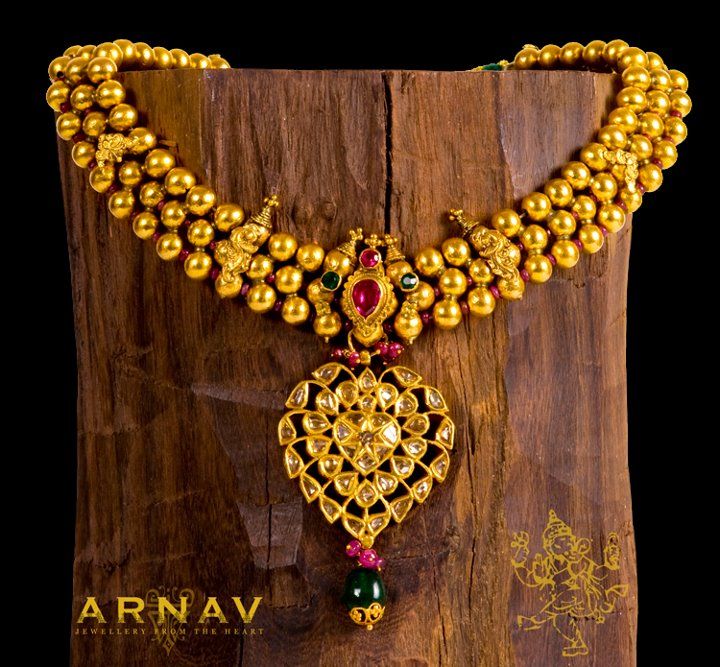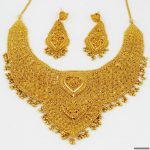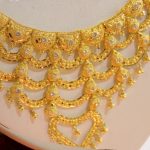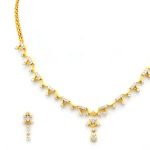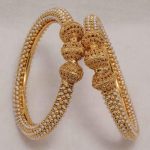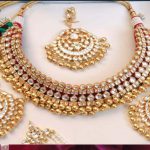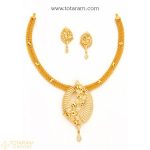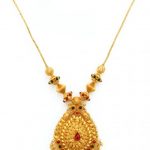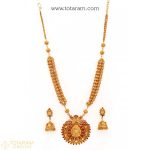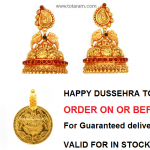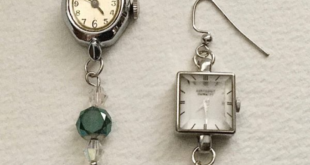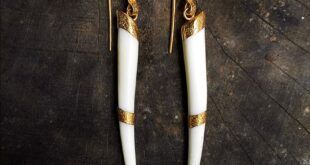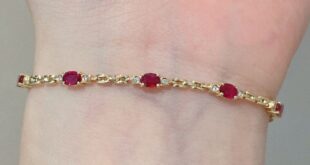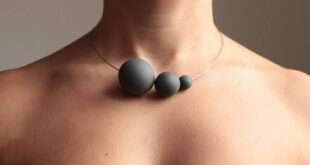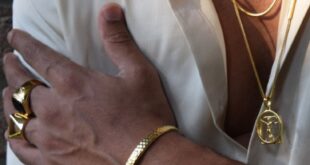Indian gold jewelry is made of precious gold metal of ornamental patterns, shape, and size. Indian gold jewelry is produced from 5000 years, starting from Indus Valley Civilisation to present day. Greek tourist to ancient India came across marvelous designs of Indian gold jewelry. the epics of the Mahabharata and the Ramayana elaborate the history of Indian gold jewelry. All Indian men and women have a personal attachment with gold jewelry from decades. Indian has made gold jewelry as an investment, financial security to women who sometimes sold it for reasonable needs.
Indian gold jewelry is categories into many types like sarpech, kada, vanki, necklace, nath, oddiyanam, Karan Phool jhumka, jadanagam, shinka chandrahaar, hathphool, prizes. Sarpech is a traditional Rajasthan head jewellery elaborates Jaipur’s enamel work. Kada is gold bangles or commonly known as bracelets basically from Varanasi, the inner side of the bracelet is designed with flower pink enamel whereas outer side is with uncut diamond. Vanki is traditional arm ornament or armlet basically from South India, made of rubies, diamonds, etc. worn in special occasion like marriage. The necklace is traditional neck ornament of different length made with the base metal gold substitute of gems stones or diamond.
Nath is a nose pin or nose ornament of many sizes made base metal gold with uncut diamond, beads or other precious stones. Oddiyanam or waist ornamental, this is traditional ornament worn time of marriage around waist famous from south India. Jhumka or earrings come in many shape and size made of gold with kundans. Jadanagam from south India is a hair ornament worn on the braids of women, it is long straight made of gold with a substitute of other precious stones. Hathphool from Rajasthan worn in hand made in floral patterns consists of kundans. And paizeb commonly known as payal worn in foot made of gold with ghunguru.
 bonofashion.com fashion blog
bonofashion.com fashion blog
